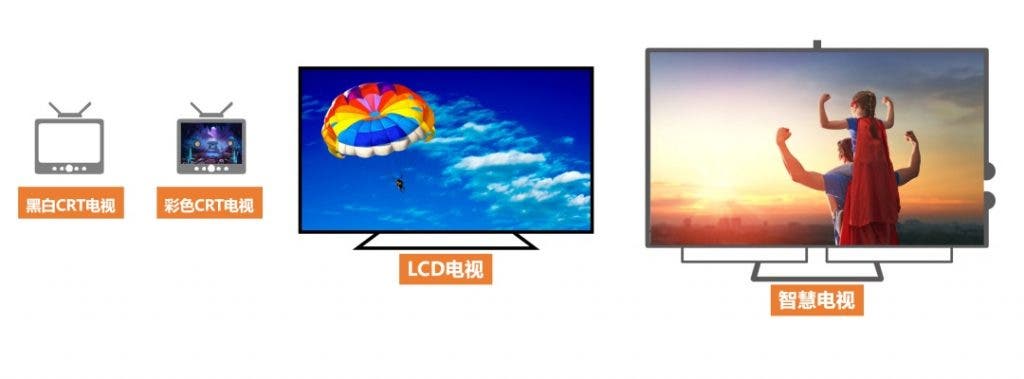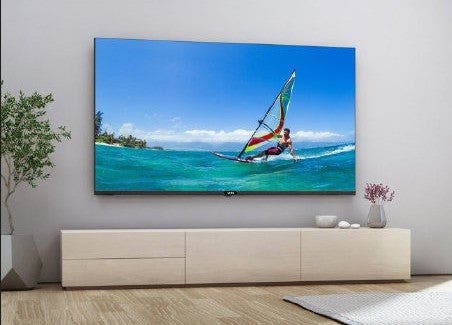Huawei HiSilicon recently announced that it now has a non-smart TV chip. This chip can receive analog TV signals and support external HDMI, VGA, CVBS. It also supports a USB playback. The Huawei HiSilicon non-smart TV chip uses a 28nm process. It also uses Huawei’s internal CPU and integrates the screen timing control (Timing controller, TCON) module. The picture quality level is very clear and it uses HiSilicon’s SWS sound effect.

Early TVs in the era of CRT picture tubes display images by emitting electron beams through an electron gun. There are requirements for the tube neck distance of the picture tube. The larger the screen, the larger the size of the tube and the TV. Now, home TVs are in the era of LCD flat panels and OLEDs, and the visual experience is more realistic and immersive. However, on a global scale, there are still many areas that are still behind in the digital transformation of TV signals. At the same time, there are also many families who cannot afford the cost of smart TV. According to statistics, about 30% of the TV market is non-smart TV. The size of these non-smart TV is generally below 40 inches, and the resolution is 1080P or below.
Gizchina News of the week
Due to its pretty simple function, the new Huawei chip does not really require advanced technology. The current mainstream technology is still 40nm and above. HiSilicon’s ATV chip integrates self-developed CPU and TCON functions. It also upgrades the image quality processing module and improves the production process to 28nm
Highlights of Huawei HiSilicon non-smart TV chip
- The overall performance is more than 20% higher than other products in the industry. The heat dissipation performance is extremely good.
- It integrates the TCON function so that the SoC can be directly matched with the screen. This effectively reduces the cost of the whole TV.
- The chip works well for FHD/HD screens. It effectively reduces the development and adaptation work of TV manufacturers
Secondly, the chip uses a self-developed lightweight real-time Lite OS operating system. This system can support multi-process synchronization processing. It also supports dynamic loading, scattered loading, faster-running speed, and provides users with a better operating experience. LiteOS’s short boot time can help customers not to miss exciting content. This feature is important in areas with unstable circuits and frequent power outages,
The overall effect of its SWS sound effects can be comparable to mainstream surround sound effects. This feature with the processing power of this chip delivers a better audio and video experience.





